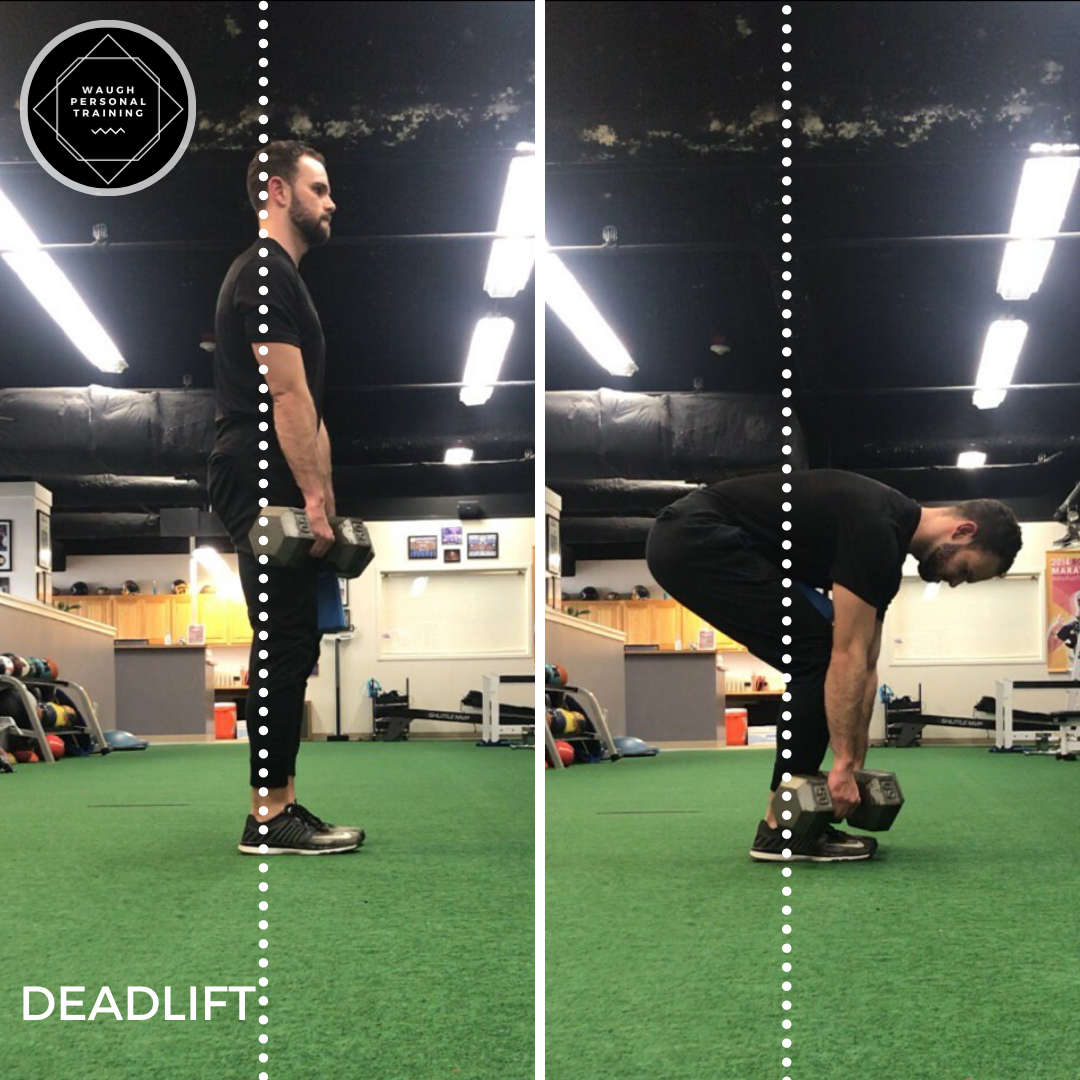Deadlift Vs Squat: What's The Difference?
Kyle Waugh PTA, CSCS, CPT and Zac Cupples PT, DPT, OCS, CSCS discuss movement variability, pain, manual techniques, hinging vs. squatting, myofunctional therapy, the worst advice he’s ever received, and much more in episode 4 of Portal PT Talks.
Zac graduated from St. Ambrose University Doctor of Physical therapy program in 2011, completed an orthopedic residency in 2013 to attain his OCS, became a certified strength and conditioning coach that same year (CSCS), and has spent the bulk of his career studying and becoming certified in various lines of thought (Postural Restoration, FMS, SFMA, Dry Needling, Precision Nutrition, Certified Speed and Agility Coach, and many more). He’s also is an educator and hosts the Human Matrix course all across the United States.
Scroll down to listen to the full conversation and read the differences between a hinge and squat.
Hinge VS. Squat
Squats and hinging movements are the bread and butter of the fitness industry. Look at any lower body exercise program and there’s usually some variation of the two. Today, we’ll cover the true differences between the two movements, why this matters, and some exercises to try.
So we’re going to keep this simple. When defining the hinge and squat, we need to focus on the movement pathway of the pelvis (A.K.A. hips). The direction that pelvis goes will tell us what movement we’re performing.
Hinge & Deadlift
A True hinge or deadlift has a horizontal displacement of the pelvis.
Sacral nutation (tipping forward)
A.K.A. your hips should travel backwards and forwards
Loads glutes and hamstrings
Squat
A true squat has a vertical displacement of the pelvis
More sacral counter nutation (tipping backwards)
A.K.A. your hips should go straight up and down
Loads glutes and quads
So What?
So neither of these movements are bad or better than the other. It’s always based on your goals and intent. Look at a squat and a hinge as tools in your toolbox. But, this may make you question movements you’re doing in the gym such as barbell back squats or squatting with knees behind your toes.
Back Squatting or squatting with knees behind your toes is essentially a hinge movement by the above definition. So performing these moves in conjunction with deadlifting means your lower body workouts are all hinging movements. Again, this isn’t bad. It just depends on your goals.
If I’m a power lifter and back squatting a ton of weight, I’ll need to back squat in a hinging pattern in order to move that weight. It’s what’s required of my sport, allows for a lot more leverage, wider base of support, and overall more stability.
Now, If I’m a body builder, I obviously want to develop as much muscle as humanly possible. If I’m only hinging during my leg days, well I’m leaving money on the table. A true squat positioning with knees over the toes and sitting straight down (vertical displacement of the pelvis) will load the quads to a greater degree than a hinge. Seriously, try it out.
Exercises
Below are some exercises I use that bias the squat or hinge movements. Give them a shot!
Hinge Exercises
Squat Exercises
Rather than reinvent the wheel, coach Lucy Hendricks did a fantastic post on squat progressions. Below are my favorite squat exercises that she does a great job explaining.
Summary
In summary, squats and hinging movements are both great ways to build strength and muscle at the lower body. Both of these movements are tools in your toolbox. Why you use them depends on your intent and goals.


